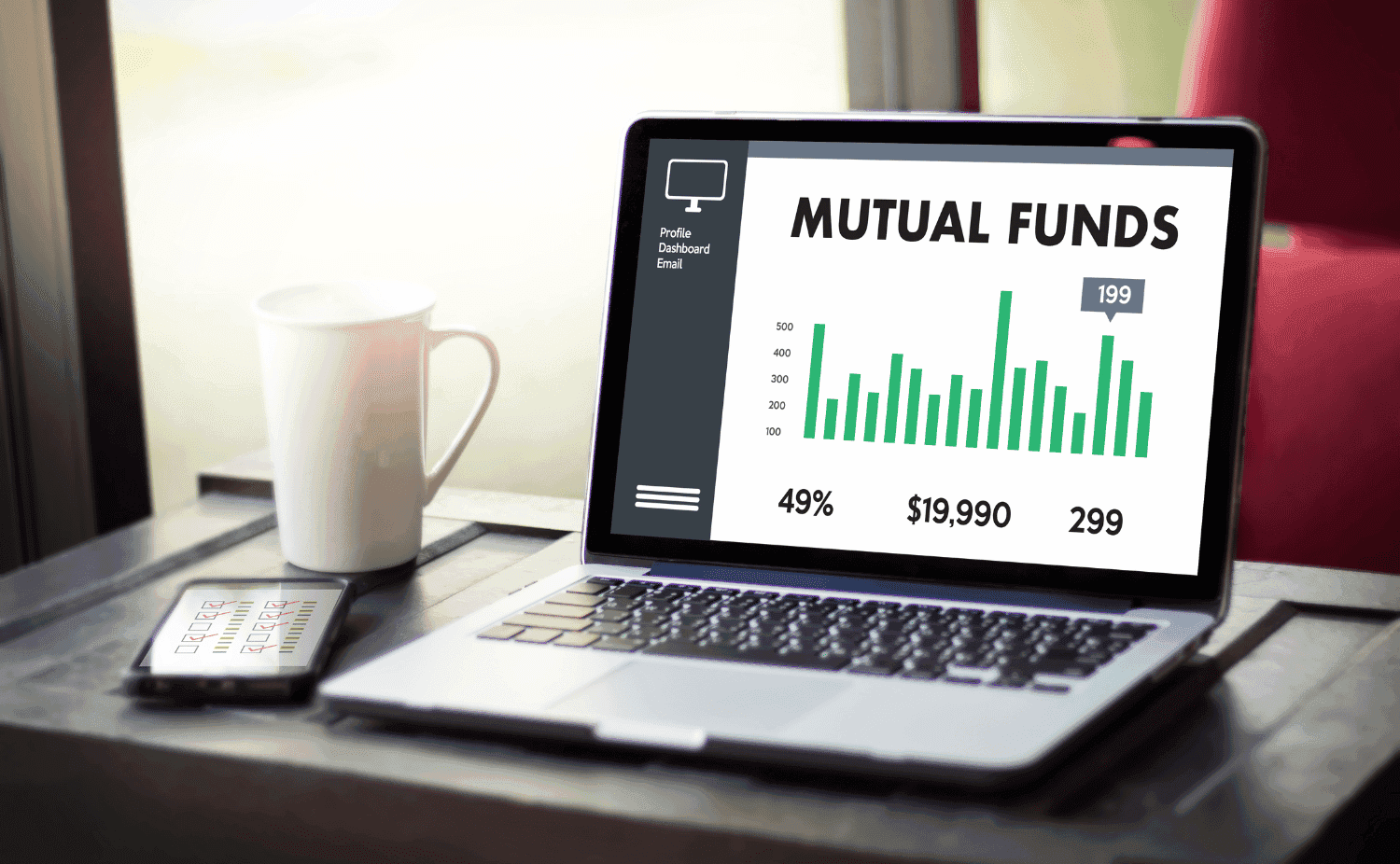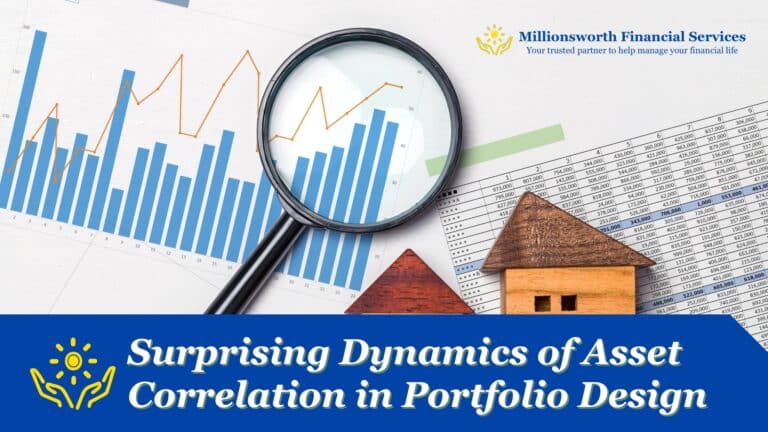We are sharing a detailed analysis of this fund, as this is one of the top-rated funds in our research basis various parameters. Whilst we have mentioned some of the important parameters below, the research is conducted taking into account more than 15 parameters, starting from the period of existence of the fund house and this scheme to current portfolio holdings, PE and PB ratios. Based on such intensive research we recommend this fund to our clients under the large-cap category.
Introduction:
The fund is an open-ended equity scheme predominantly investing across large-cap stocks. The investment strategy of this fund aims to combine the consistency of large caps (more than 80%) with a few conviction midcap ideas (up to a max of 20%). As of 30th Sept 2021, the fund had an allocation of ~85% in large-cap stocks, ~13% in mid-cap stocks and ~2% in small-cap stocks. The scheme tries to identify companies that have a sustainable competitive advantage – stocks that have strong pricing power and are sector leaders. The investment approach is centred around participating in high-quality businesses up to a reasonable price and holding the same over an extended period. Basis Morningstar, the fund follows a blended style in stock selection, which means creating a diversified portfolio that takes advantage of the capital gains potential of the growing segment and the dividend income and stability of the value segment.
Brief History:
On 16th Feb 2018, Mirae Asset Mutual Fund decided to change the name of Mirae Asset India Opportunities Fund to Mirae Asset Equity Fund. Further, on 29th March 2019, Mirae Asset Mutual Fund decided to change the name of Mirae Asset Equity Fund to Mirae Asset Large Cap Fund with a change in benchmark from S&P BSE 200 TRI to Nifty 100 TRI.
Fund Management:
The Asset under Management (AuM) is Rs. 30,456.47 crores as of 30th Sept 2021 and it is managed by the lead manager Mr. Gaurav Misra (since January 31, 2019) and Mr. Gaurav Khandelwal (since 18th Oct 2021). There has been decent growth in the Asset under Management in the last three months. However, we would suggest our investors be watchful of the performance of the fund in the near term on account of a recent change in the co-fund manager.

Lead fund manager Mr. Gaurav Misra has over 25 years of experience in investment management and equity research functions. Before joining Mirae Asset Mutual Fund, he was associated with ASK Investment Managers Pvt. Ltd. for 14 years. Mr. Gaurav is an MBA from IIM Lucknow and BA Economics (Hons.) from St. Stephen’s College, Delhi. He has a rich experience of over 25 years in Institutional and Private Equity.
Co-Fund manager Mr. Gaurav Khandelwal has professional experience of more than 11 years primarily as a research analyst. He has been associated with the AMC since June 2018. In his capacity as an analyst, he looks after the Automobile, IT and cement sectors. Before joining Mirae Assets, he was associated with Ambit capital and Emkay Global. By qualification, Mr. Khandelwal is a Chartered Accountant and Charted Financial Analyst.
The fund is comparatively cost-efficient as its expense ratio is 1.57% as of 30th Sept 2021, whereas the average expense ratio of this category is approx. 2.20%.
Portfolio Diversification:
Sector-wise: Referring to the data from the last two months fund factsheets shown in the below table, there has not been any significant change in the top 10 sectorial allocations. For this fund, the top 10 sectors represent almost 83% of the total portfolio.

Stock-wise:
Similar to sectorial allocation, referring to the data from last two months fund factsheets shown in the below table on top 10 holdings, there has not been any significant change in top 10 stocks holding. For this fund, the top 10 stocks represent approx. 53% of the total portfolio.

Managing Market Volatility:
We have looked at 3-year capture ratios as mentioned in the below table, the fund captures 94% of downside experienced in the benchmark index, which is the same as the category average. However, the fund tends to out-perform the category average by capturing 97% upside of the benchmark index against 94% of the category average.

Performance Review Basis Rolling Return Data:
Rolling returns are the annualized returns of the scheme taken for a specified period (rolling returns period) on every day/week/month and taken till the last day of the duration. In the below table we are showing the annualized returns over the rolling returns period every day from the start date and comparing it with the benchmark. Rolling returns is the best measure of a fund’s performance. Trailing returns have a recency bias and point to point returns are specific to the period in consideration. However rolling returns, on the other hand, measures the fund’s absolute and relative performance across all timescales, without bias.
While reviewing the rolling return of this fund, we have considered 1 year, 3 years and 5 years rolling periods from 4th April 2008 (inception date of the fund) till 21st Oct 2021. We observed the out-performance of this fund in all the rolling return periods. To keep the size of this review limited, we have mentioned rolling return data for 3 years period only.
Let me explain to you the below data. You would notice that Mirae Asset Large-cap fund has generated an average return of 16.4% p.a. against 11.9% p.a. return by NSE Nifty 100 total return index. Similarly, the fund has generated maximum and minimum returns of 43.4% and -4.3% respectively in a 3 year holding period against 31% and -5%, respectively by its benchmark. This looks directionally correct with the capture ratio mentioned in the above table. Going ahead on the right-hand side of the same table, the data shows how many times in the given period, the performance of the fund and benchmark index has been in the defined range. E.g., In a 3 year holding period, Mirae Asset Large-cap fund has generated less than 0% return 0.9 times compared to 1.5 times by NSE Nifty 100 index and likewise for different performance ranges.
Typically, in our estimates, we assume long term average return from an equity fund to be around 12%. Thus, in the last two columns, we have looked at it how many times the fund has generated more than 12% return in comparison with its benchmark index.

Please Note That Past Performance May or May Not Be Sustained in Future.
Tax Implications:
Since this is an equity-oriented fund, the current tax implications on capital gains are as below:
Since this is an equity-oriented fund, the current tax implications on capital gains are as below:
Short term capital gain @ 15% + cess (holding period less than 12 months)
Long term capital gain @ 10% + cess (holding period more than 12 months)
Exit Loads:
-Withdrawal up to 15% of units through SWP plan for within 1 year: NIL
-For all other investors, If redeemed within 1 year from the date of allotment: 1%
-If redeemed after 1 year (365 days) from the date of allotment: NIL
Conclusion:
We continue to recommend this fund as against other funds in the large-cap category. The fund scores better in various parameters as explained above. However, we will be watchful about the fund’s performance in the next 6 months – 12 months on account of a recent change in the co-fund manager.
We suggest investors follow a strict asset allocation strategy in their portfolio in line with their financial goals and risk profile. Accordingly, they should decide on how much percentage of their portfolio should be allocated to large-cap category mutual funds. Investors may consult with their financial advisor before making a final investment.





